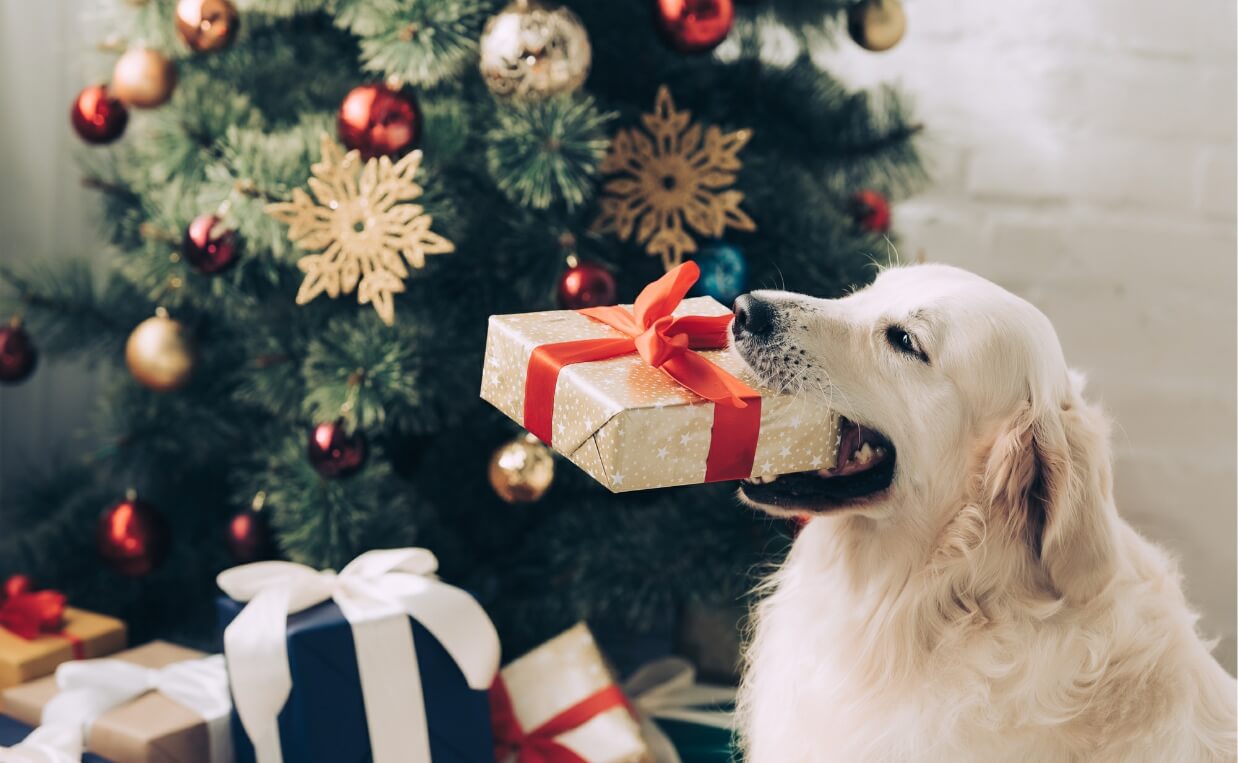
With Christmas just around the corner, gifts are on everyone’s minds, including what to give your four-legged friends. There are many options online and, in the stores, but don’t just buy anything touted for dogs. No matter how appealing some toys may seem, they can pose health risks.
Keep in mind the dog toy market is unregulated. Take the time to do a little research to determine which toys are safe and which may have a potentially harmful outcome. Some toys can be dangerous and others are perfectly fine to give your beloved pooch.
Here is a list of toys to avoid giving your dog and what to give instead.
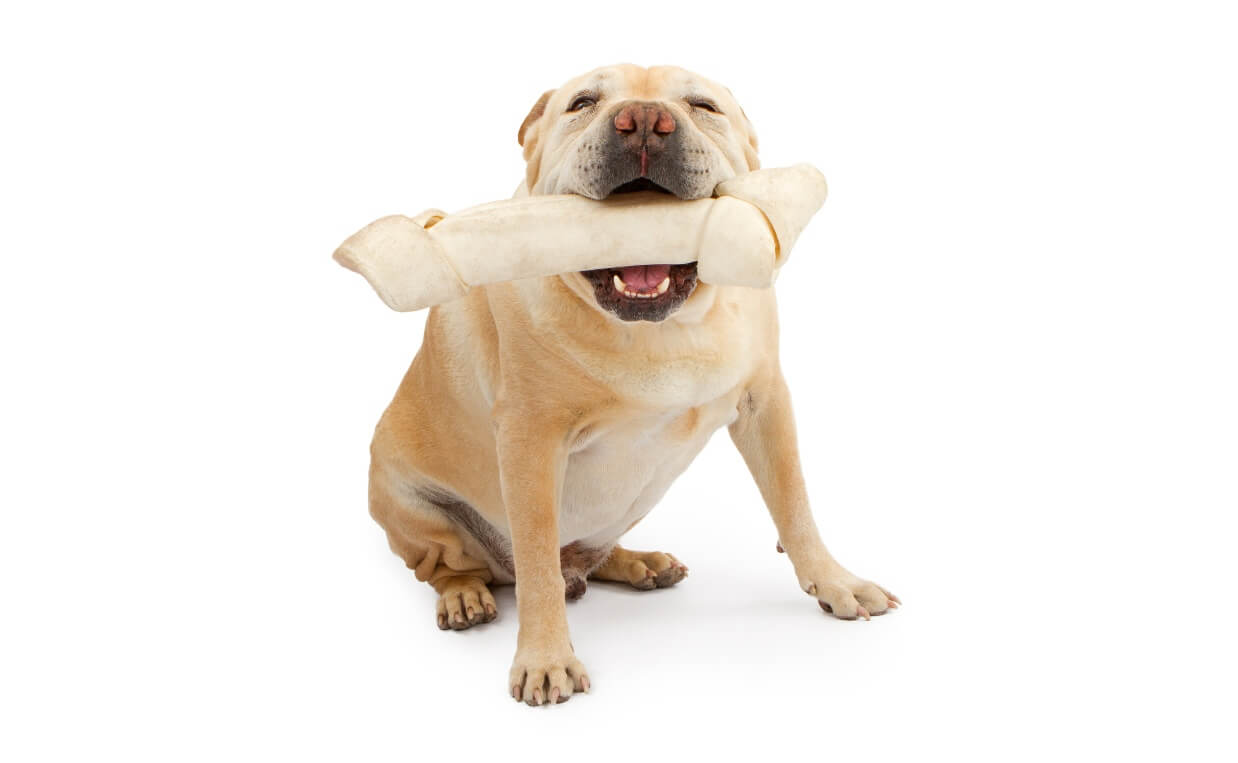
-
Rawhide chews
Rawhide chews are a massive choking hazard. What’s more, the rawhide itself swells in the stomach, which can cause internal blockage
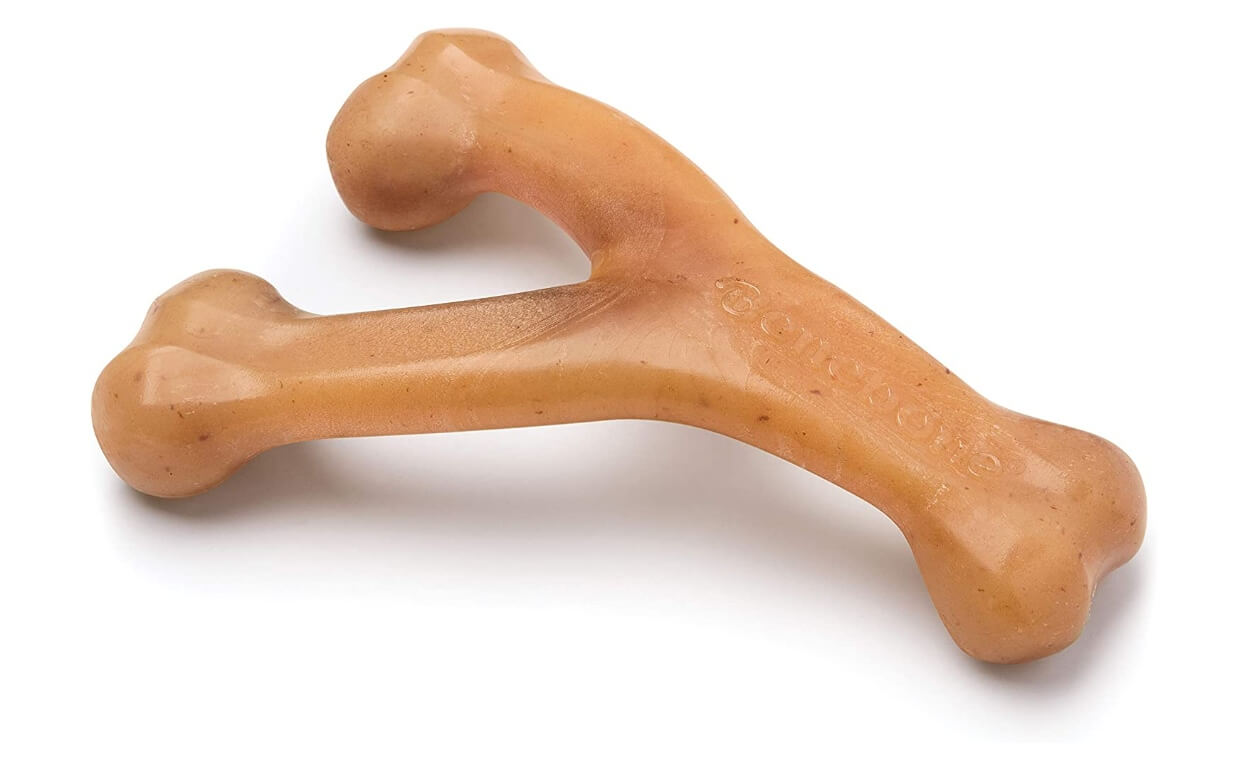
What to get instead: Consider the Benebone Wishbone Dog Chew Toy made with real bacon. Dogs love chewing on these wishbones and these chew toys last for hours (sometimes for days, months or even years, depending on how aggressive a chewer your dog is).
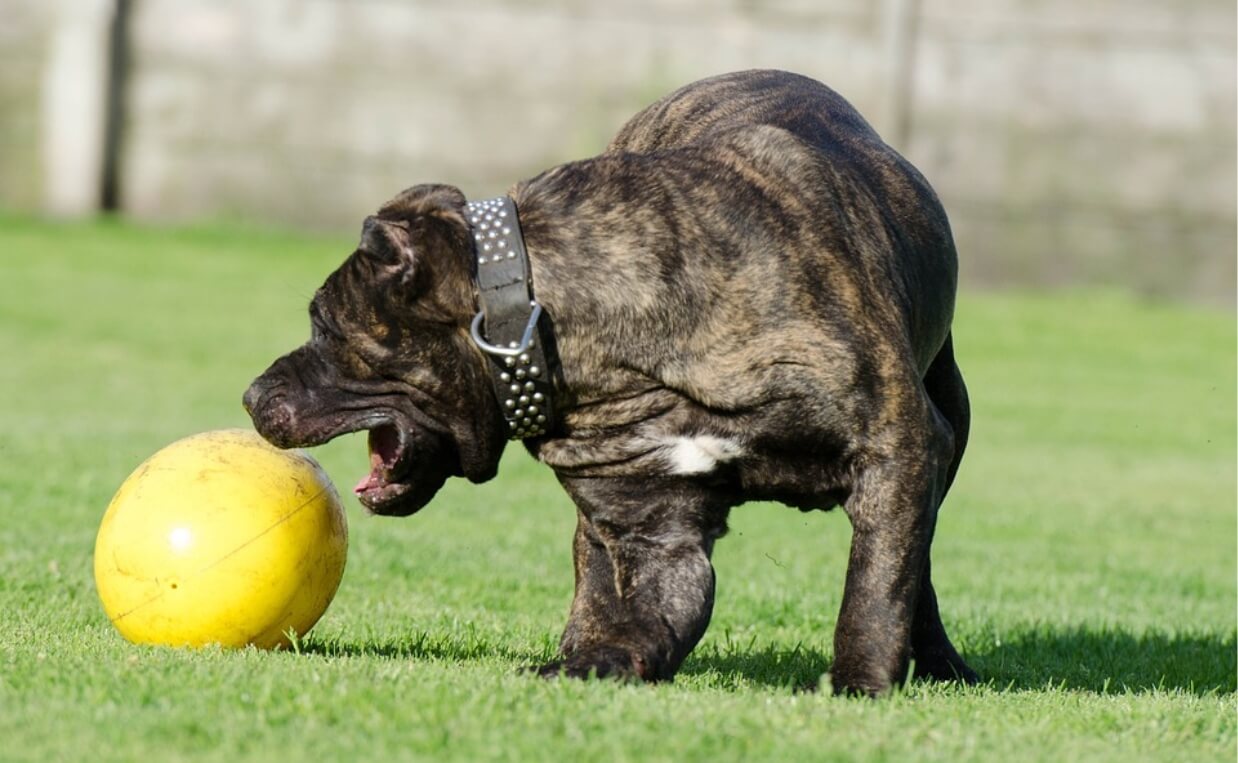
-
Toys too big or too small
Toys too big or too small for your dog’s mouth can pose choking and straining risks. Small toys can lodge in your dog’s throat, which larger ones can cause jaw strain and lead to disinterest.

What to get instead: Look for toys small enough for your dog to carry around (and easily get his or her jaws around) but not too small as to cause a choking hazard.
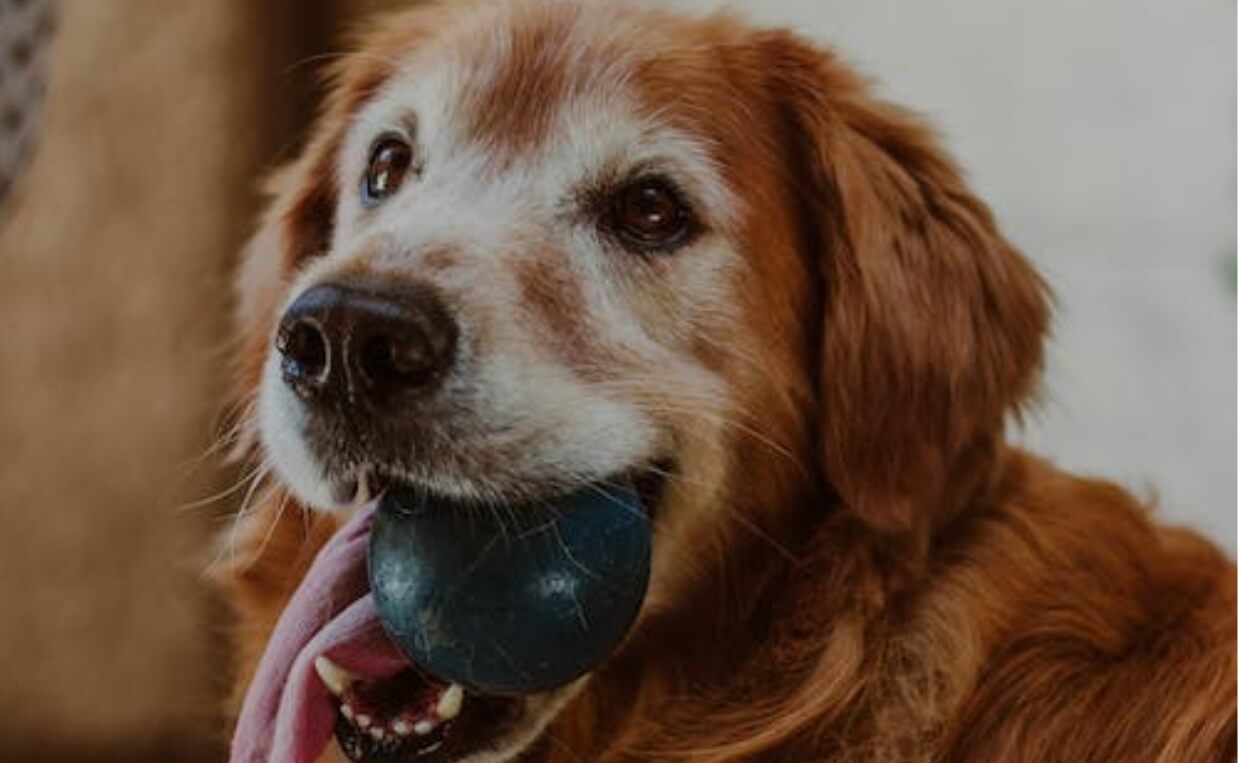
-
Rubber balls
Rubber balls seem innocuous enough, but if left unattended, your dog can chew off bits which may cause choking and intestinal blockages.
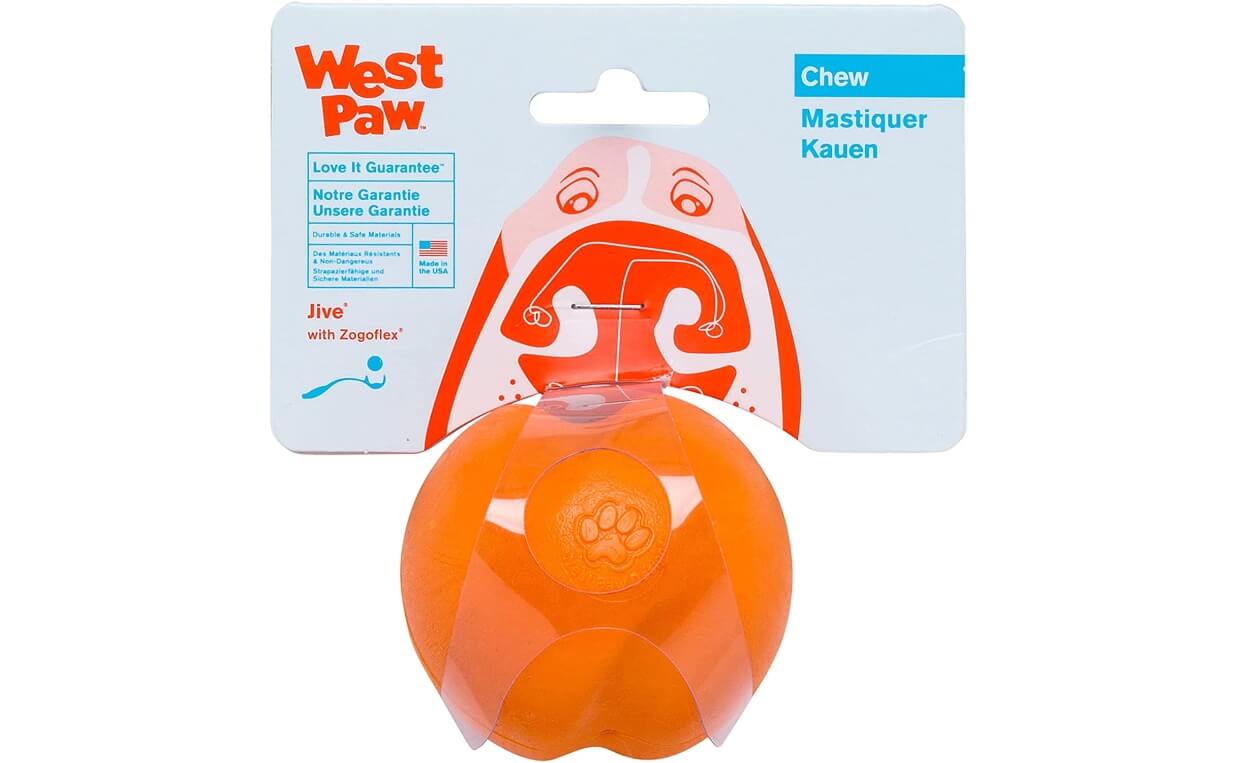
What to get instead: Try the West Paw Jive Ball with Zogoflex. It’s everything your dog loves in a ball. Great for tossing and catching on land or water, with or without a ball launcher. Best of all, it’s durable and dog safe. It’s made from a proprietary blend of latex-free plastic that’s dishwasher safe too.
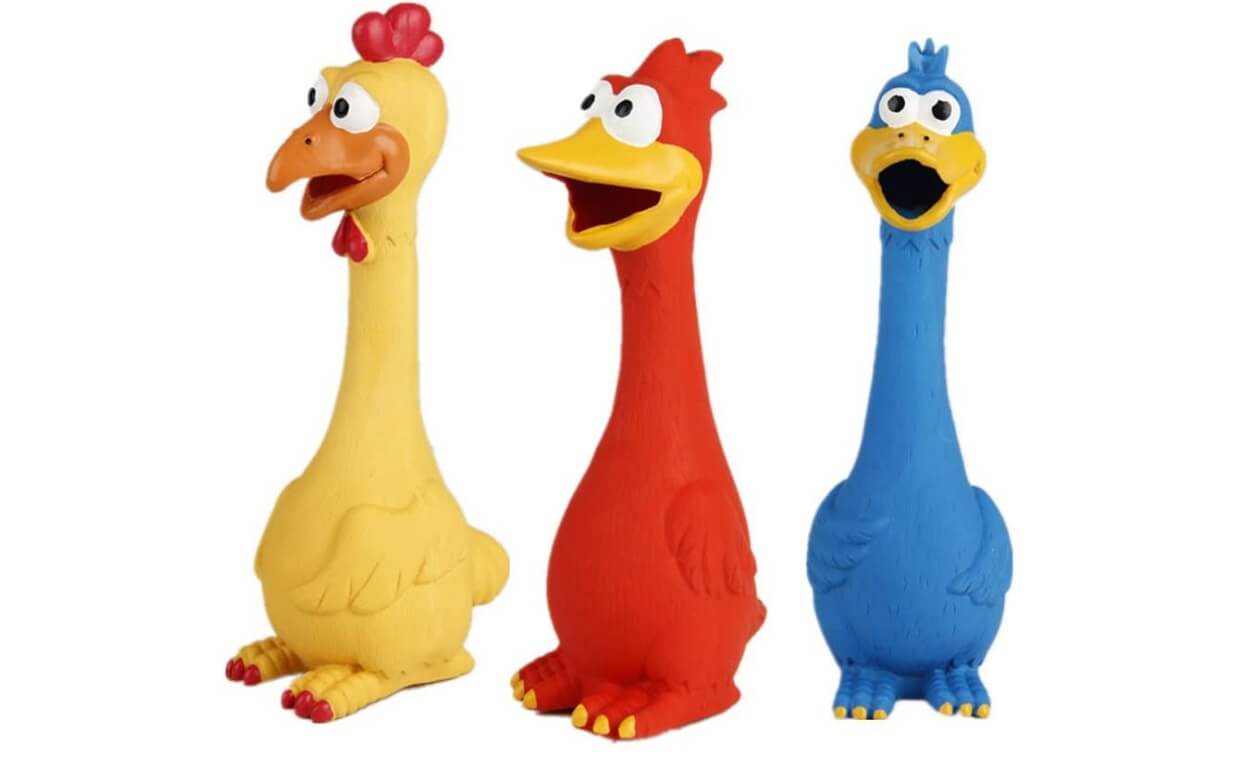
-
Toys containing toxic chemicals
Toys containing PVA, BPA, and lead, can cause disruptions in your dog’s body. Some of these chemicals are cancerous, while others can cause damage to your dog’s internal organs.
Here is a short list of the most commonly found toxic materials in dog toys.
- BPA (Bisphenol A)
- PVC (Polyvinyl chloride)
- Formaldehyde
- Bromine
- Chromium
- Cadmium
- Arsenic
- Chlorine
- Synthetic, man-made latex products
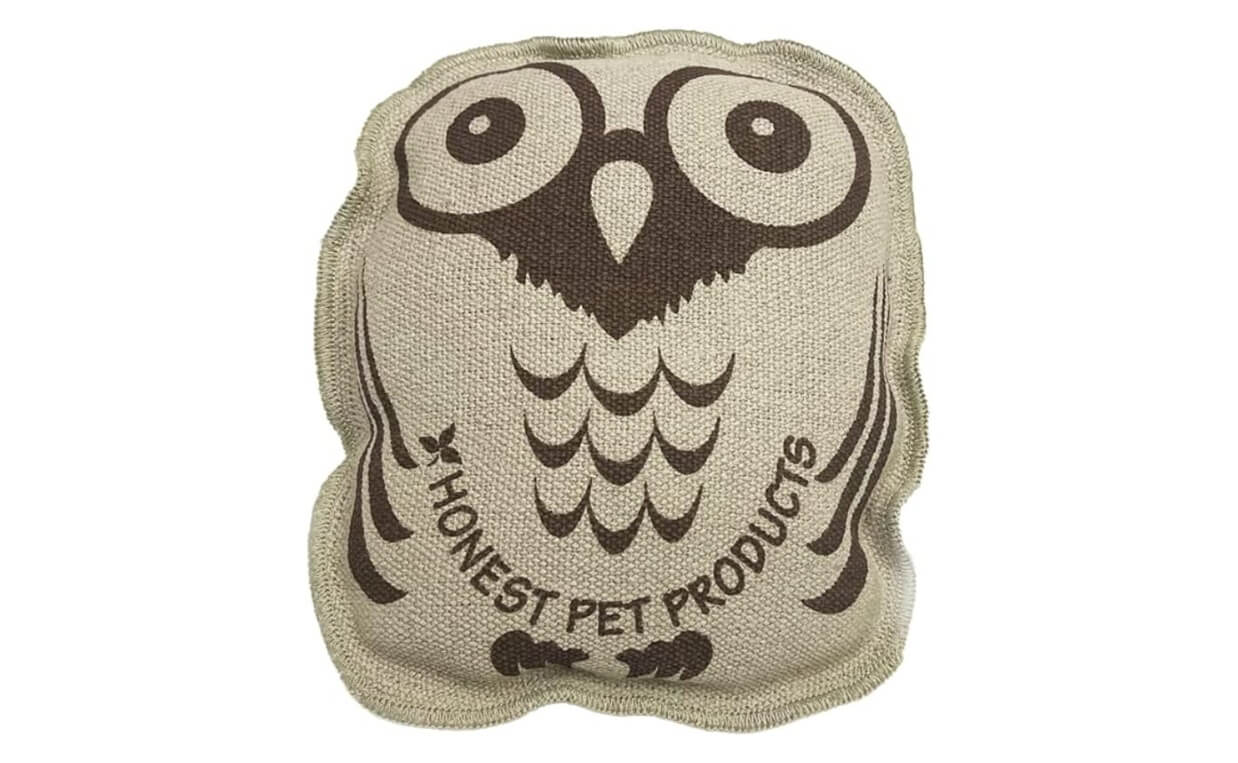
What to get instead: Read the label and choose toys made from natural, organic materials, such as:
- Hemp plant fiber
- Food-grade silicone
- Rice husks and natural rubber
- Olive wood
- Bamboo
- Recycled plastics
- Natural latex products
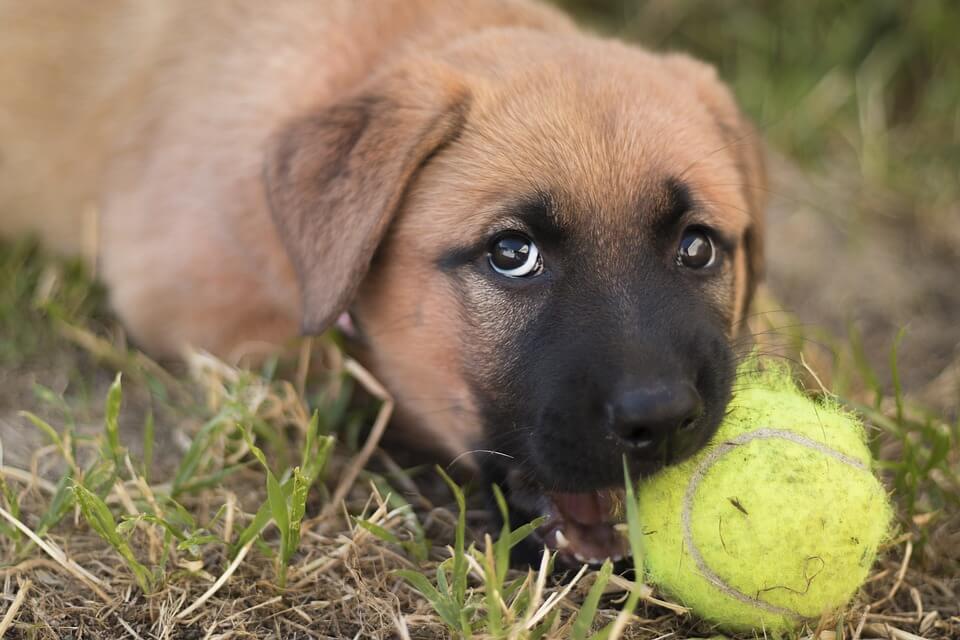
-
Tennis balls
Tennis balls are undeniably one of the most beloved dog toys out there, but according to the AKC, tennis balls can pose health risks for dogs.
For one, they can be a choking hazard if your dog is able to break a tennis ball in their mouth. Also, some dogs enjoy shredding the yellow-green fuzz off the outside of the tennis ball. Eating this fuzz can lead to choking hazards and intestinal blockages that could require surgery.
While these risks can be serious, you don’t have to throw away all your dog’s tennis balls. Just be sure to always supervise your dog when playing with a tennis ball. This is most important for dogs who like to chew on them, as they are the most at risk for choking and dental wear.
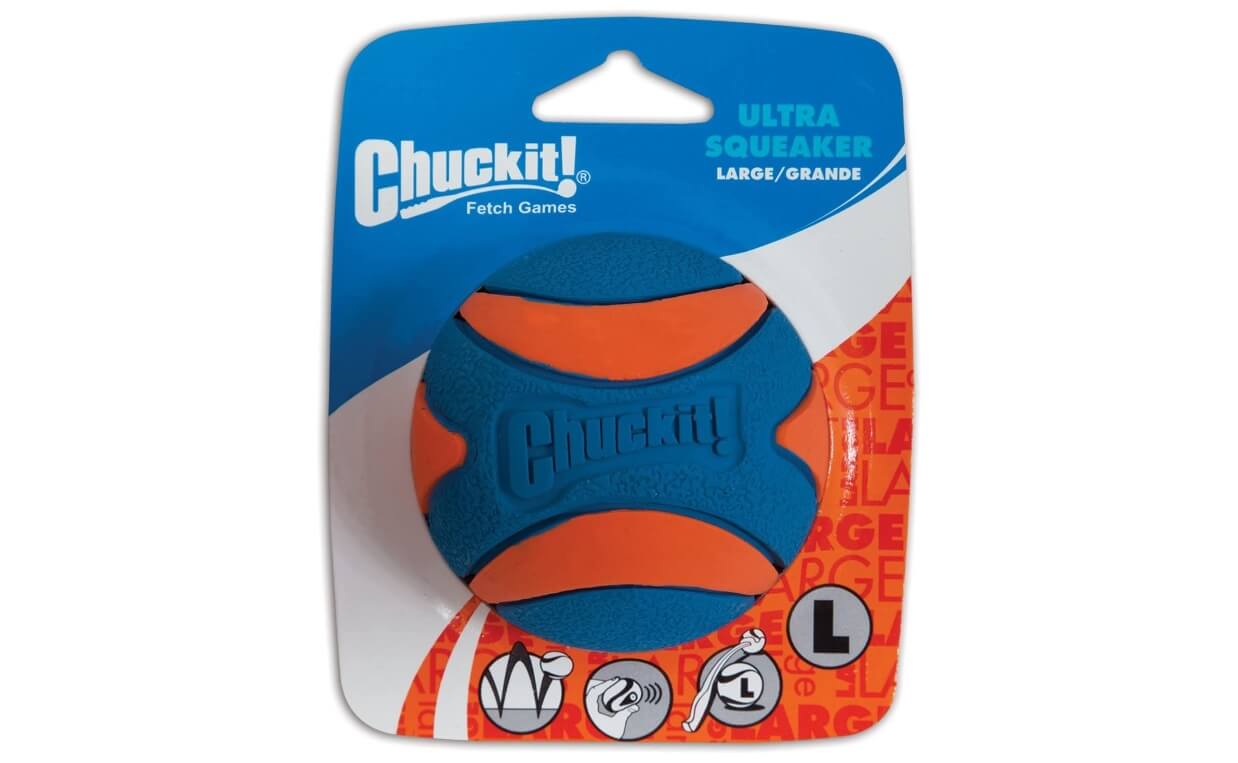
What to get instead: Try hard rubber balls like ChuckIt! Ultra Squeaker Ball Dog Toy. These make a great sound during fetch, are durable and won’t pose a chewing hazard.
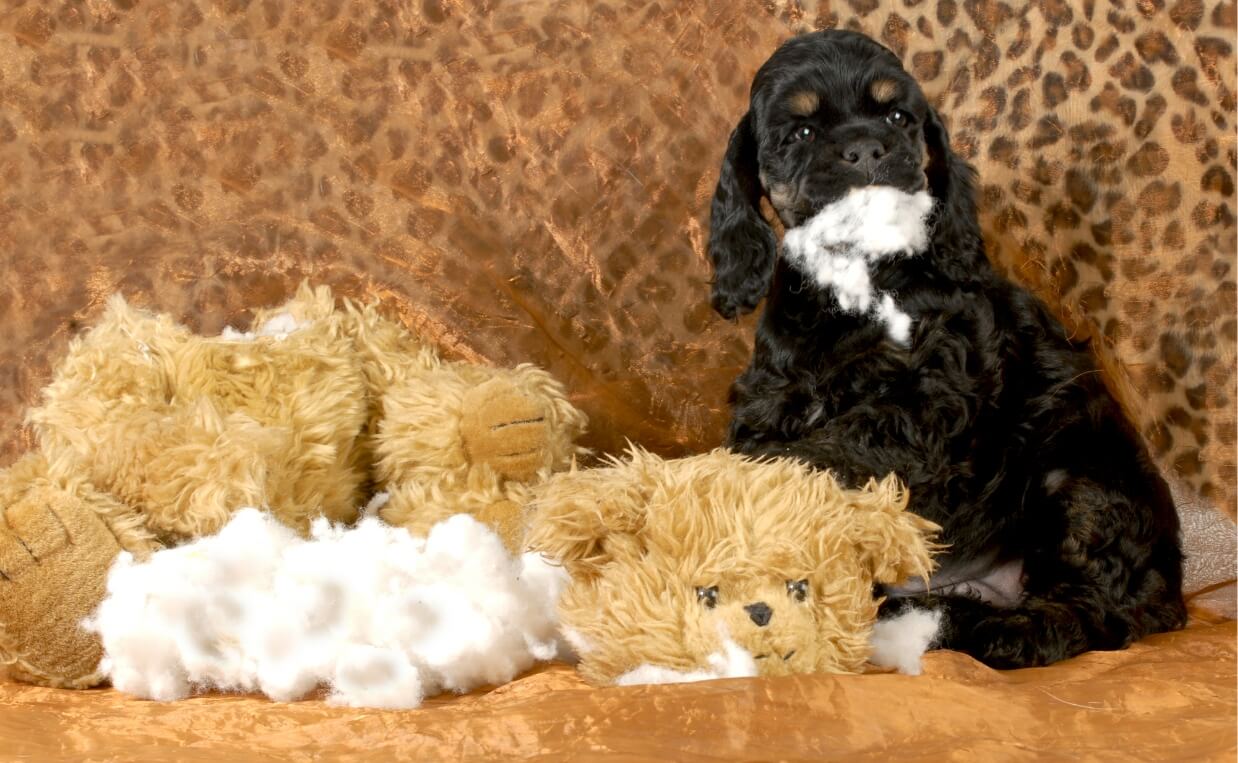
-
Toys with synthetic stuffing
The Humane Society recommends reading a toy’s label to spot dangerous fillings, citing nutshells and polystyrene beads as two to avoid. Also, polyester filling can be dangerous if it gets stuck internally. If that happens, surgery may be required. Be sure to supervise your dog and make sure to remove a stuffed toy before your dog ingests the stuffing.
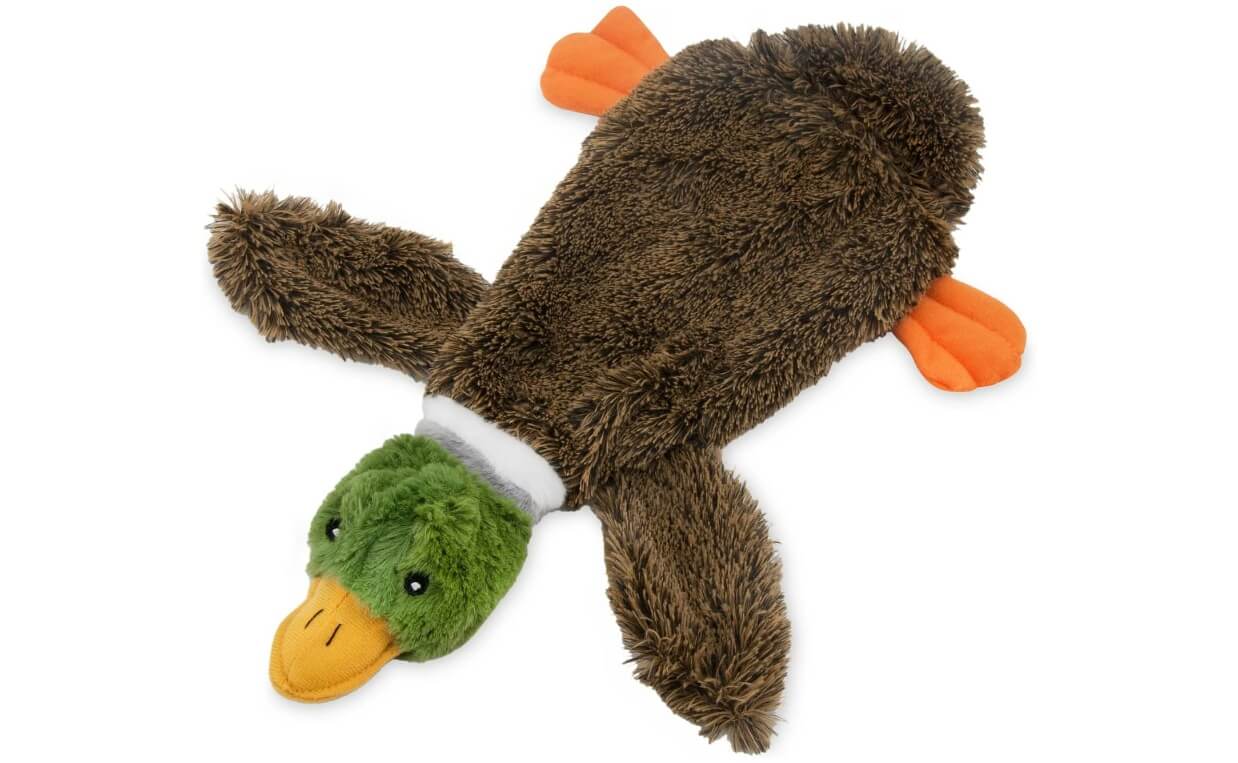
What to get instead: Consider stuffing-less toys like these squeak toys.
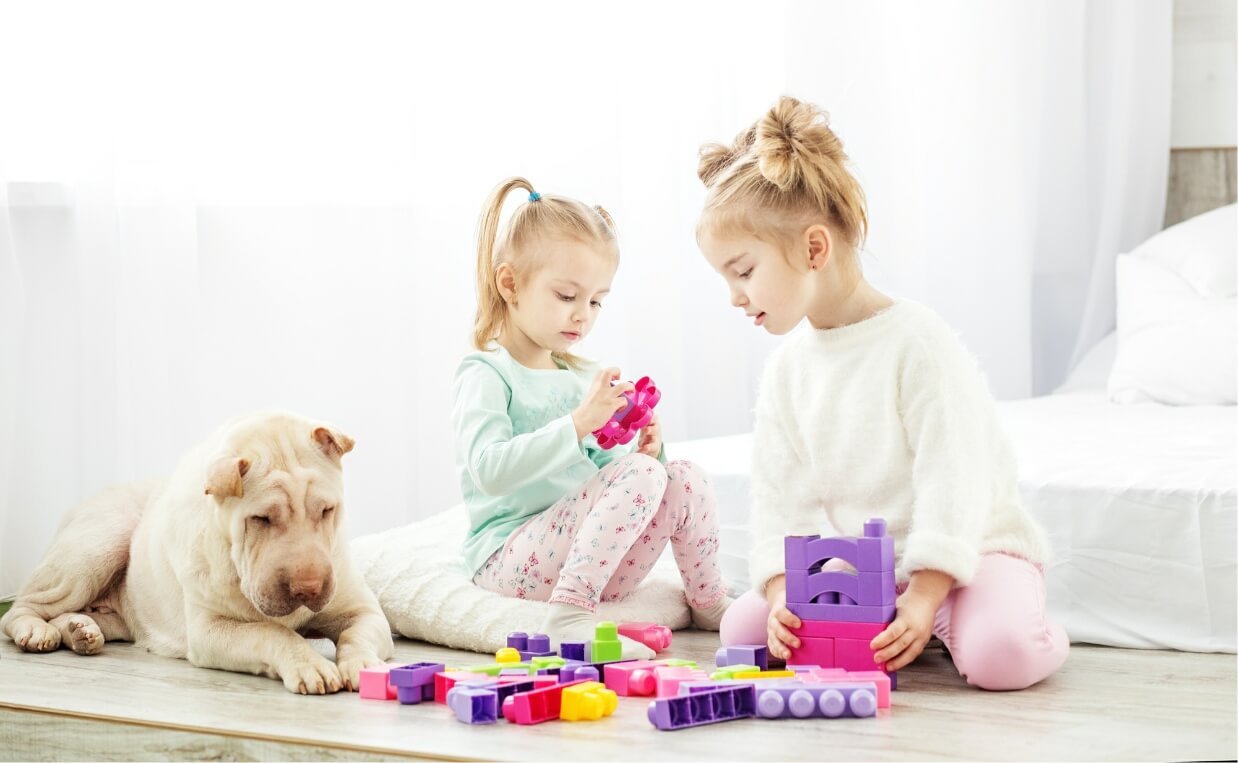
-
Kids’ toys
Dogs are exponentially tougher on toys than children, something toymakers don’t take into account. Not only are they often easy for dogs to tear apart, but they also contain stuffing, beads or plastic parts that can cut gums or cause blockages if ingested.
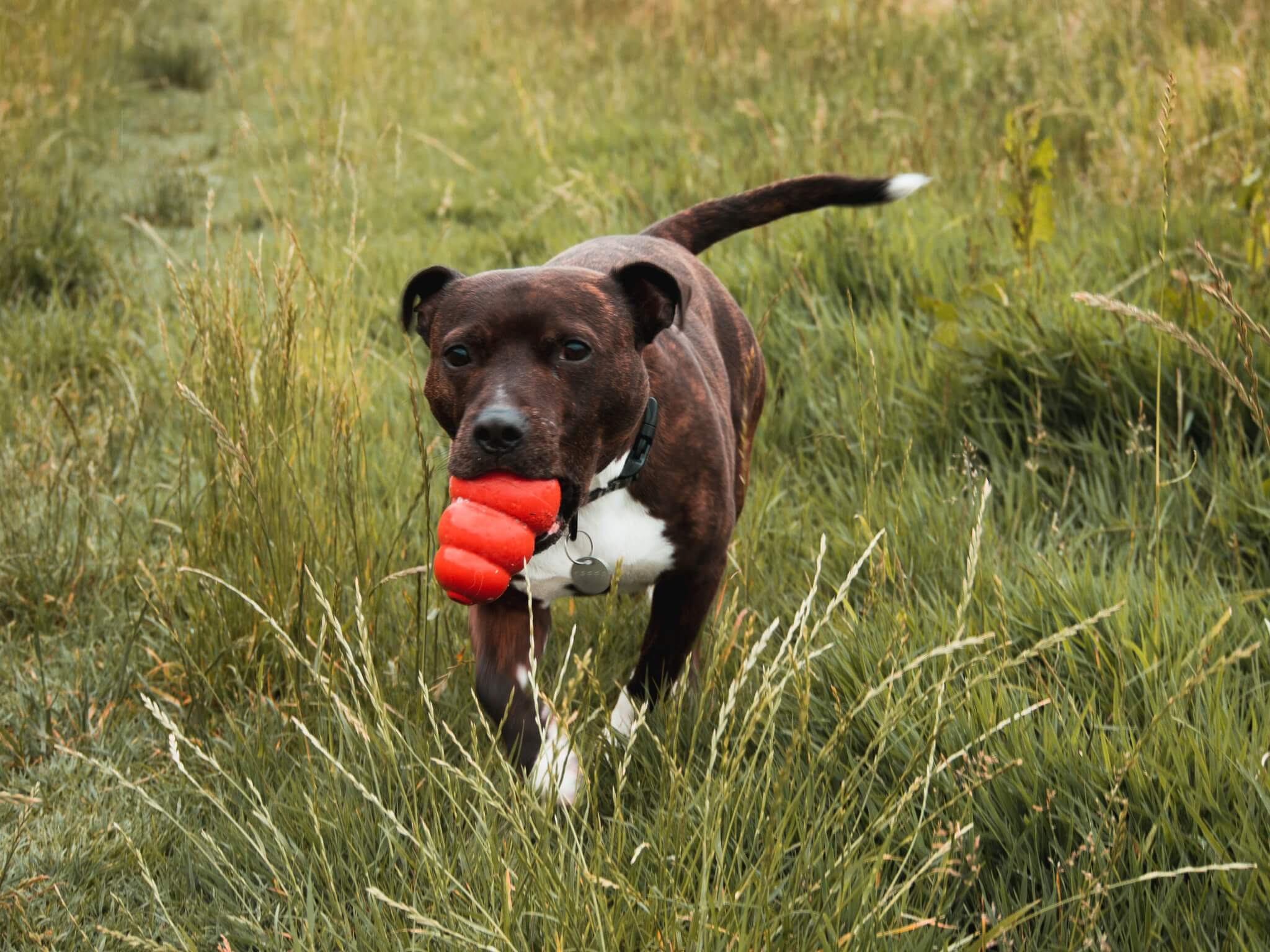
What to get instead: There’s a reason veterinarians and trainers recommend Kong dog toys. These toys are tough, durable and designed to be toys dogs love to play with. Stuff the durable shell of the classic Kong Treat Dispensing Toy with kibble and other dog-friendly foods and watch your dog have a blast trying to figure out how to get the treat out. And here’s a bonus – Kong dog toys are made in Colorado!
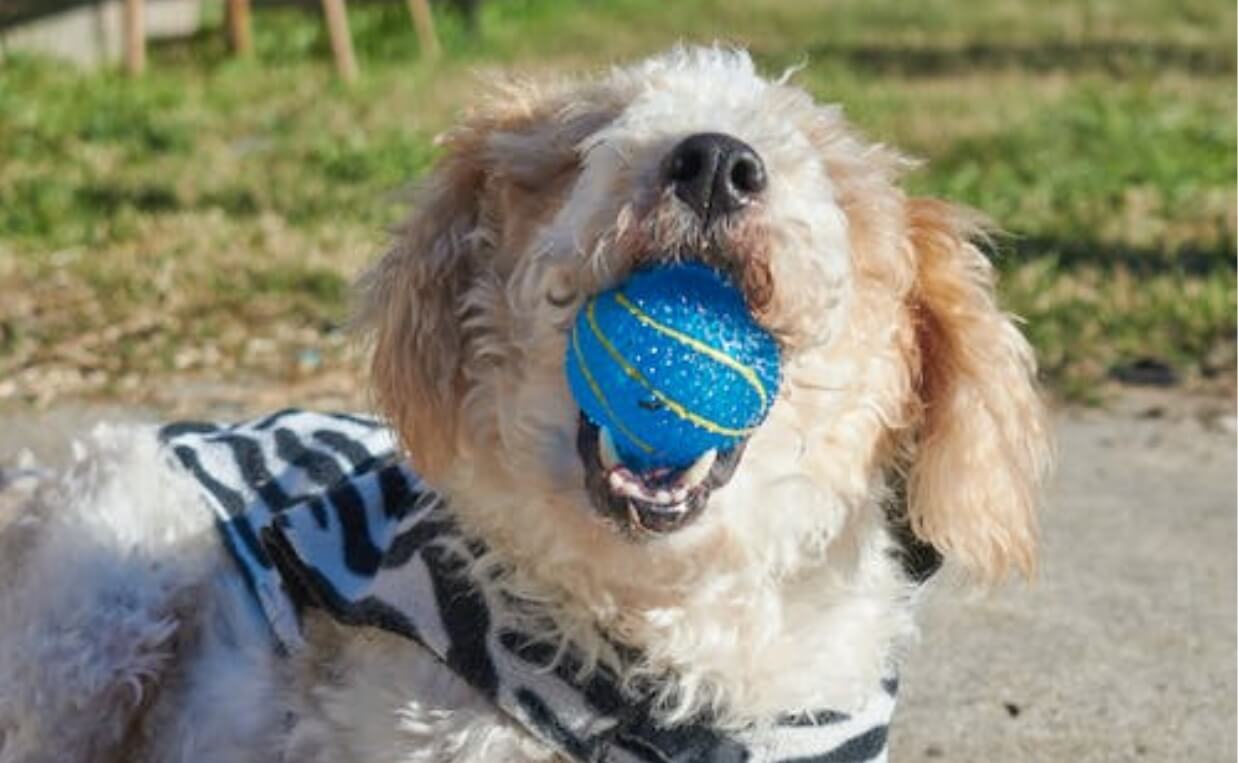
-
Cheap squeaky toys
Dogs instinctively hunt and destroy the sound of squeaking in squeaky toys. However, that plastic squeaker floats round loosely in many inexpensive toys, creating a real choking hazard if your dog is able to chew the squeaky toy apart.
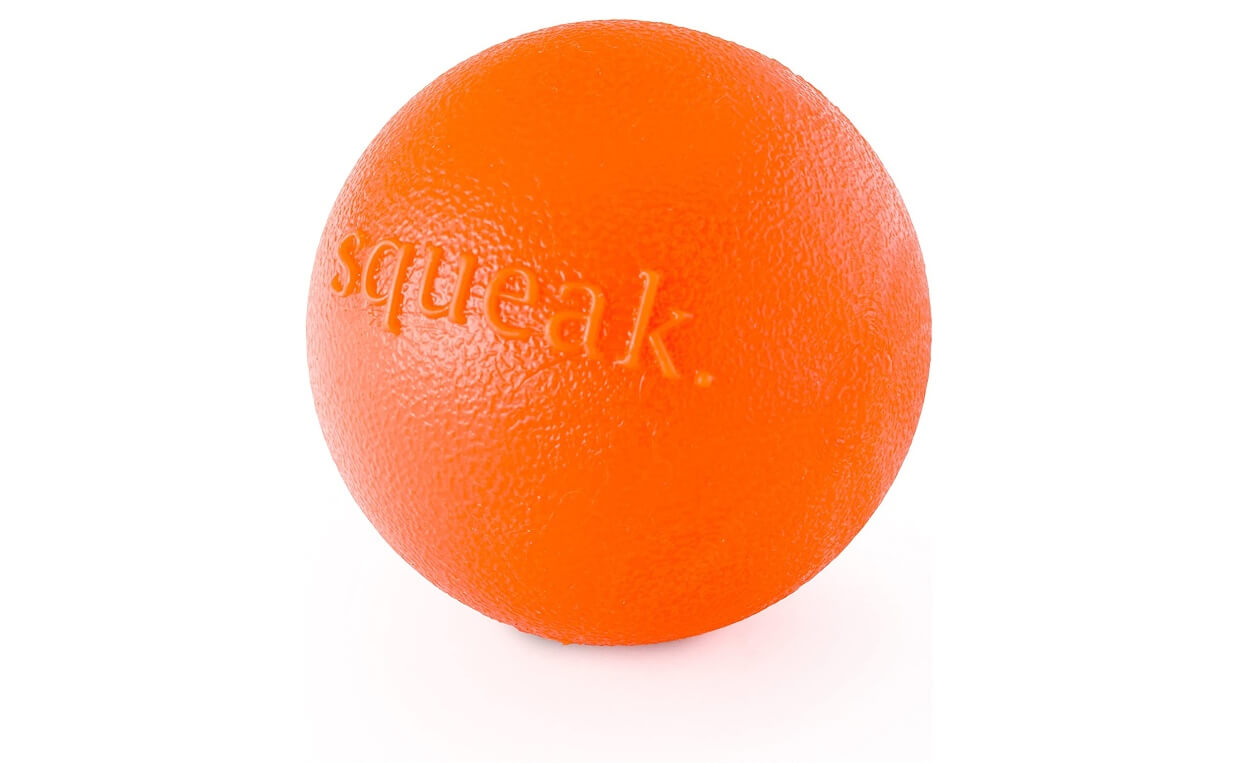
What to get instead: Consider a toy like the Planet Dog Squeak Ball. These balls contain a patent-pending squeaker securely molded into the center of the ball, designed to thwart even the most aggressive chewer. It’s made in the U.S. out of a non-toxic and phthalate-free material.
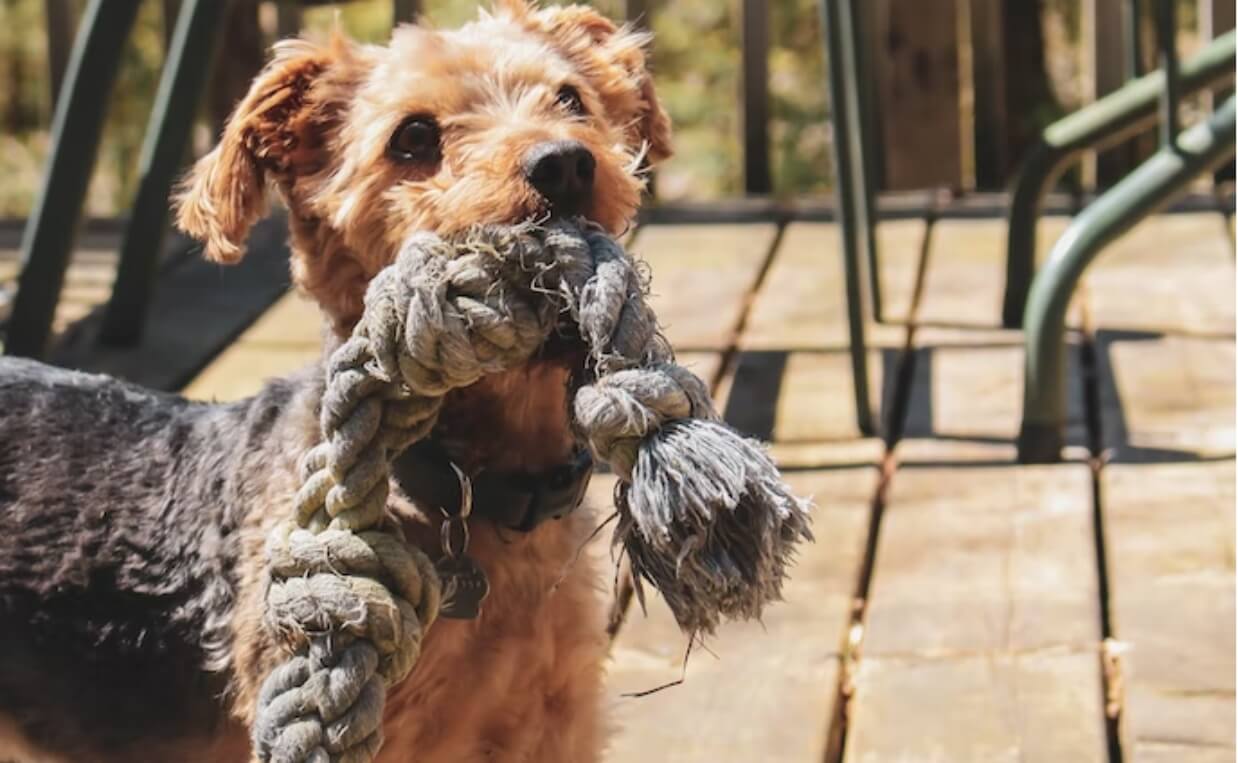
-
Rope toys
If your dog habitually destroys toys, they’ll likely end up swallowing the fallout. And while dogs can pass most foreign objects, rope is different. If a long strand gets stuck in the intestines, it can cinch the digestive system like a drawstring and cause life-threatening problems. Even if your dog only eats small pieces at a time, the strands can slowly create an obstruction, like hairs collecting in a shower drain.
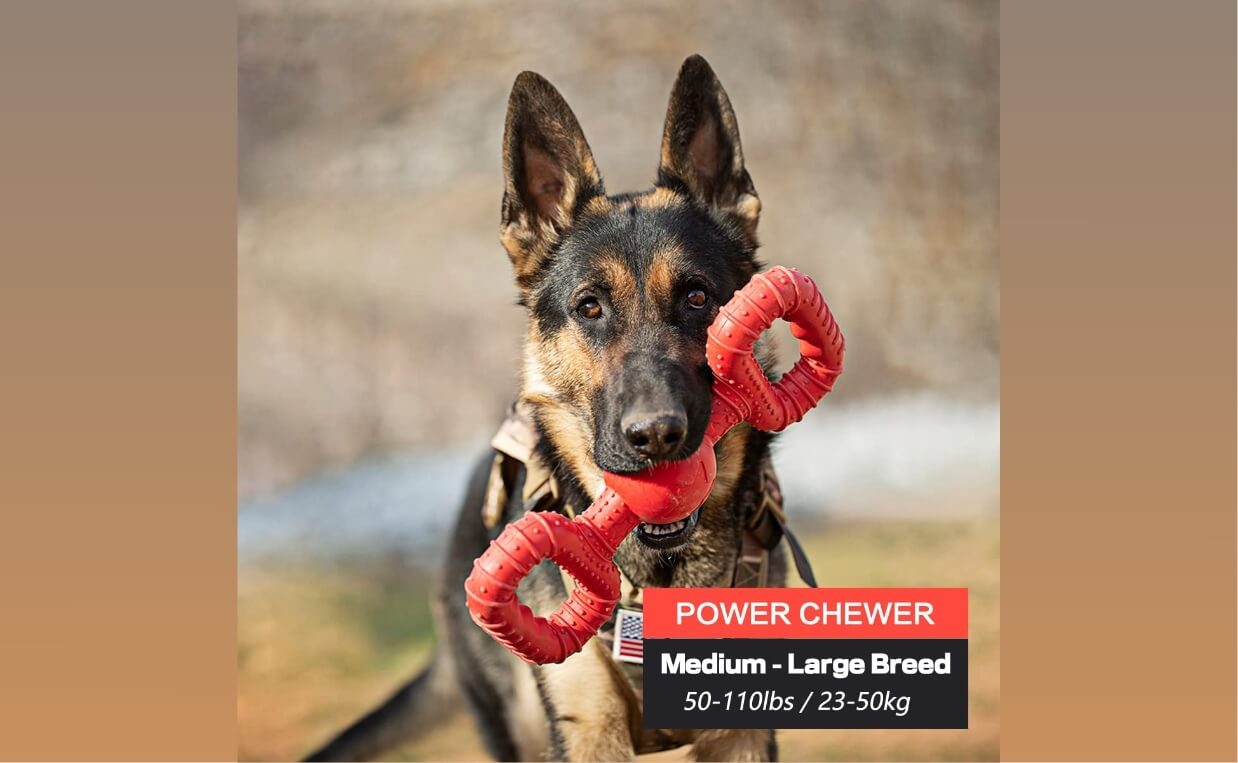
What to get instead: Try the BiteKing Dog Toy. All but indestructible, BiteKing Dog Toys are an excellent toy for dogs who love to tug, especially large, aggressive chewers. The figure-eight design allows you to hold on to one side while your pooch bites down on the other. BiteKing is a veteran-owned small business.
While the alternative toys listed above are safe, they won’t excite every dog. The best way to get your pooch the right toy is to think about what toys they enjoy playing with now and try to find a safe version.
Take a few minutes to consider your pup’s temperament and behavior. Every dog’s energy level, chew intensity, and boredom tolerance differ. Some dogs gently nibble on chew toys while others enjoy tearing them apart. You’ll get more bang for your buck and your dog will be more entertained if you cater your toy selection to your dog’s needs.
Have you had a negative experience with a dog toy? What toy do you think should be added to this list of unsafe as well as safe dog toy alternatives? Please share your experience with the rest of the Canine Campus community by leaving a comment below…

 10 Fun Games to Play with Your Dog to Prevent Boredom
10 Fun Games to Play with Your Dog to Prevent Boredom 5 Tips for Choosing the Best Toys for Your Dog
5 Tips for Choosing the Best Toys for Your Dog 15 Dog Sports to Help Build a Strong Bond With Your Dog
15 Dog Sports to Help Build a Strong Bond With Your Dog 14 Things Dogs Love Most of All
14 Things Dogs Love Most of All 5 Key Considerations to Choose Dog-Friendly Travel Accommodations
5 Key Considerations to Choose Dog-Friendly Travel Accommodations






Leave a Reply